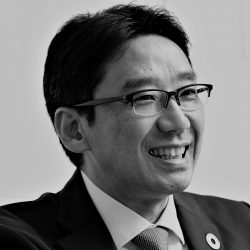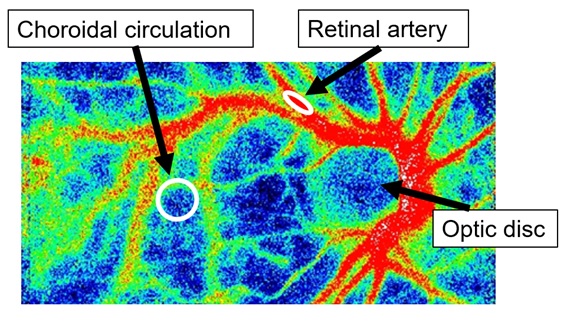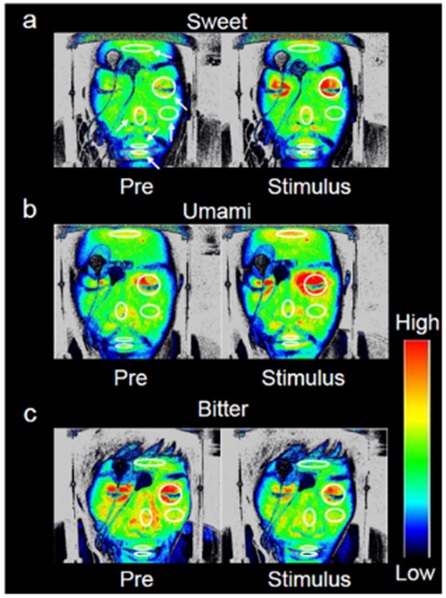
HAYASHI, Naoyuki
Doctoral Program / KINESIOLOGY SPECIALIZATION / Exercise Physiology
- SUBJECTS
- Exercise Physiology, Applied Physiology
- PROFILE
- Dr. Hayashi’s research interests are in the exercise physiology, particularly, in a circulatory responses and adaptation to exercise, food intake, and daily leisure activities.
Focuses of his research are responses and their background mechanisms of blood flow in ocular, cerebral and facial skin to exercises, food intake, mental tasks and massage, and oxygen uptake responses to exercise and food intake. These research contents have been published in research papers, introduced in newspapers, and used for industry-university collaboration.
- BIOGRAPHY
- 1994 Master of Arts from Graduate School of Human Sciences, Waseda University
1995-2004 Research Associate, School of Health and Sport Sciences, Osaka University
1999 PhD in Medicine, Osaka University
1999-2000 Visiting Researcher, Department of Internal Medicine, University of California, Davis, USA
2004-2013 Associate Professor, the Institute of Health Science, Kyushu University
2013-2015 Professor, Department of Human System Science, Tokyo Institute of Technology
2015-2021 Professor and Vice Dean, Institute for Liberal Arts, Tokyo Institute of Technology
2021-present Professor, Faculty of Sport Sciences, Waseda University
Three elements establish human health from Dr. Hayashi’s perspective as physiologist: exercise, nutrition and rest. The old wisdom holds.
The main elements discussed in his lab are energy consumption and blood flow during physical activity, food intake and daily leisure activities. In the lab works, students learn about their intake and consumption levels of energy. In addition to classroom learning, the instruction is literally physical activity: Students determine energy consumption with a bicycle ergometer, measure blood flow in cerebral, ocular, skin and muscular circulation. Students will also receive sufficient guidance on how to write papers and conduct research.
The following shows examples of ocular blood flow and facial skin blood flow.
The research group of Dr. Hayashi reported that, in the ocular circulation, blood flow in the retinal arteries is almost maintained during exercise, while blood flow in the choroidal circulation behind the retina increases.

Skin blood flow on the face was found to increase or decrease depending on the likes and dislikes associated with taste (the figure shown below). The research group is now investigating the relationship between facial skin blood flow and emotions associated with activities such as exercise and eating.

(Kashima & Hayashi, Plos One 2011, https://doi.org/10.1371/journal.pone.0028236)
- MEMBERS
- ADMISSIONSIf you are interested in our school,
please see this page for admission information.

